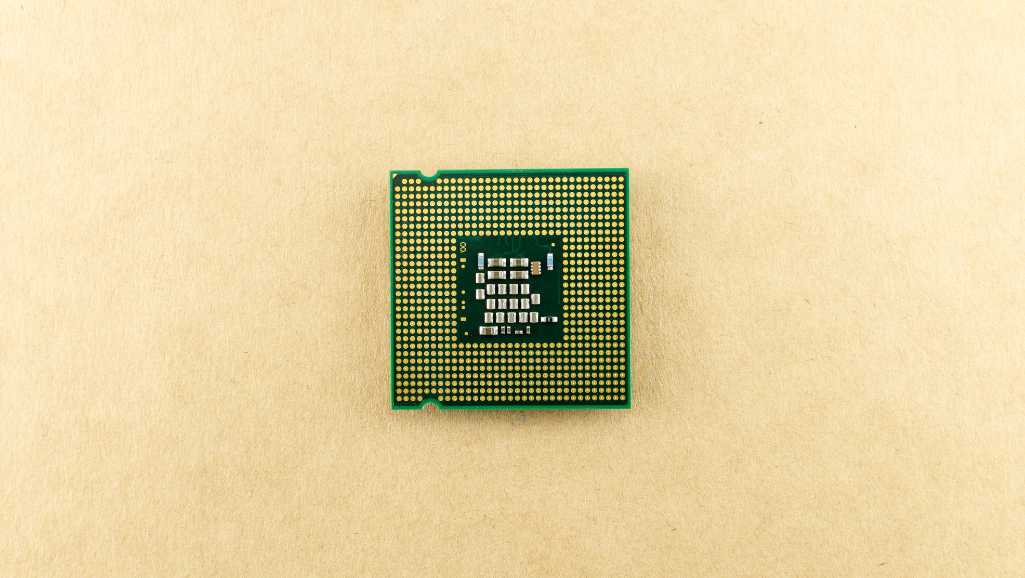
An Ultimate Guide To CPU Power Supply Repair
When your computer starts acting up, one of the components you may need to troubleshoot is the CPU power supply. In this comprehensive guide, we

 When a CPU power supply begins to emit unusual noises, it’s often a telltale sign that something is amiss. Buzzing, whirring, or clicking sounds can indicate mechanical failures, such as a failing fan or electrical issues within the unit.
When a CPU power supply begins to emit unusual noises, it’s often a telltale sign that something is amiss. Buzzing, whirring, or clicking sounds can indicate mechanical failures, such as a failing fan or electrical issues within the unit.
It’s crucial to address these noises promptly, as they can lead to more significant power supply or system failures if left unchecked.If you encounter such noises, it’s advisable to power down your system and inspect the power supply without delay. This inspection should be done carefully to avoid any potential harm from electrical components.
It’s crucial to approach these steps methodically, as intermittent shutdowns can also be caused by other hardware failures or software issues.If the problem persists, it may be necessary to test the power supply with a multimeter or a dedicated power supply tester to confirm whether it is the source of the shutdowns. Remember, a failing power supply can lead to more severe damage if not addressed promptly.
In cases where a burning smell is detected, it’s crucial to address the issue promptly to avoid further damage. Continuing to use a faulty power supply can lead to more severe problems.If you have the necessary tools, such as a PSU tester, it’s advisable to check the functionality of the power supply. However, if you’re not experienced with electrical repairs, it’s best to seek professional assistance.
Ensuring that the power supply is fully disconnected and discharged is essential for a safe repair environment.Remember to also disconnect any other cables connected to the computer, including Ethernet, USB, and audio cables, to avoid accidental damage or electric shock during the repair process.
Remember, ESD protection is not just about what you wear; it’s about maintaining a workflow that consistently prevents static build-up and discharges it safely when it does occur.
Remember, your health and safety should always come first. A well-ventilated workspace is not just a recommendation; it’s a necessity for preventing potential health issues.
Remember, a loose connection can cause intermittent power issues or prevent your computer from starting altogether. It’s a simple yet vital step in the power supply repair process.
It’s essential to perform these tests carefully to prevent any damage to the multimeter or the power supply.If the voltage output is significantly lower or higher than expected, it could indicate a problem with the power supply. In such cases, further investigation or repair may be necessary.
It’s important to handle the tester with care and ensure that all connections are secure before powering on the PSU.

When your computer starts acting up, one of the components you may need to troubleshoot is the CPU power supply. In this comprehensive guide, we

Dealing with bent CPU pins can be a frustrating experience for computer enthusiasts and professionals alike. In this article, we will explore various methods to

When building or upgrading a computer, ensuring that the CPU and motherboard are compatible is crucial for the system’s performance and stability. This compatibility is
|
*We are OPEN on 3 May 2025 (Polling Day). CLOSED ON 1 May 2025 (Labour Day) |